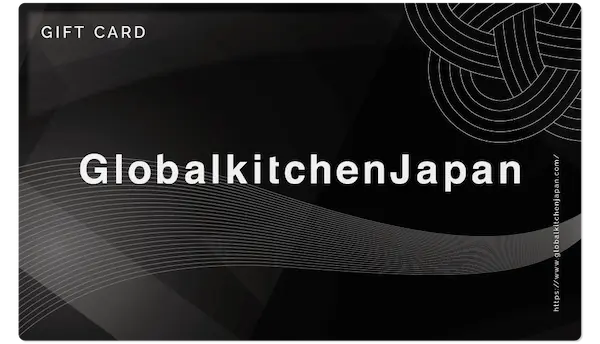There is a custom of decorating Kagami-mochi (the rice cakes) to offer to Shinto and Buddhism during the New Year in Japan. Many households display them to celebrate the New Year.
However, the word "Kagami-mochi" may not ring a bell unless you are an expert of Japan.
In this article, we will introduce the traditional Japanese New Year's decoration, "Kagami-mochi".
The product we used:
What is Kagami-mochi?

Kagami-mochi is a New Year decoration dedicated to the Japanese gods based on Japanese mythology. It is an offering to express gratitude to the god of grain and to pray for a good harvest and is also used to worship Toshigami-sama, the god of Shinto.
Rice, the ingredient of the rice cake, has been closely associated with Japanese people's lives and has been very important for a long time ago. At a time when the value of rice was much higher and more precious than now, Kagami-mochi made from rice was something special.
Origin and meaning of Kagami-mochi

In Japan, the mirror has been regarded as a sacred object in which the god lives. However, the mirror was very expensive and could not be easily placed in the homes of ordinary people, so the rice cake was decorated to look like the mirror in the old days.
It is believed that Kagami-mochi will bring Toshigami-sama to the house for happiness in the New Year. In this way, Japanese people used to celebrate the New Year with the god.
How to decorate Kagami-mochi
Kagami-mochi is generally made up of a stack of round rice cakes, topped with a mandarin orange.
The stacked rice cakes represent the moon (yin) and the sun (yang). They are a lucky symbol of "overlapping happiness and wealth".
In the old days, Kagami-mochi was usually displayed in the "Tokonoma" (alcove), a decorative space in the living room in Japanese architecture.
It is recently displayed in the place where the family gathers or where you would like to bring good fortune as the living room or children's room.
Kagami-mochi should be placed on a high shelf such as a Kamidana (household shrine) or a Butsudan (Buddhist altar), avoiding a low place near the floor or on top of the TV set.
In general, it is displayed from December 28 to January 11.
How to eat Kagami-mochi (known as Kagami-biraki)

Kagami-biraki is an event in which the rice cake will be served after the offering.
Since cutting Kagami-mochi with a knife is considered as bad luck, the traditional way is to break it with a wooden hammer.
However, it is not uncommon today to use a knife to cut the hard rice cake into pieces since it is hard to break them.
How to enjoy Kagami-mochi

Eating Kagami-mochi has the meaning of receiving blessings from Toshigami-sama. It is common to do Kagami-biraki with family members to wish for good health.
The broken rice cake can be eaten in Zoni (a Japanese traditional soup dish for the New Year) or baked. It is also delicious as porridge made with rice cake, butter, and soy sauce in a pot over low heat while stirring together.
Deep-fried bite-sized rice cakes, topped with grated radish, ponzu (a Japanese sauce made of soy sauce and citrus juice), and chopped green onion, are perfect for Japanese sake.
Let's enjoy a Japanese-style New Year!

Kagami-mochi and Kagami-biraki are traditional Japanese events. If rice cakes for Kagami-mochi are not available, it is recommended to display the ornament of Kagami-mochi that can be used every year.
The Kutani-ware underglaze silver Kagami-mochi by Seikou-gama (pottery) is finished with Kanazawa foil (silver leaf) using the traditional Kutani-ware technique.
The part of the mandarin orange is removable and the rice can be offered inside the Kagami-mochi. Please use the rice to make rice balls, rice porridge, ochazuke (rice in soup), or risotto at Kagami-biraki.





